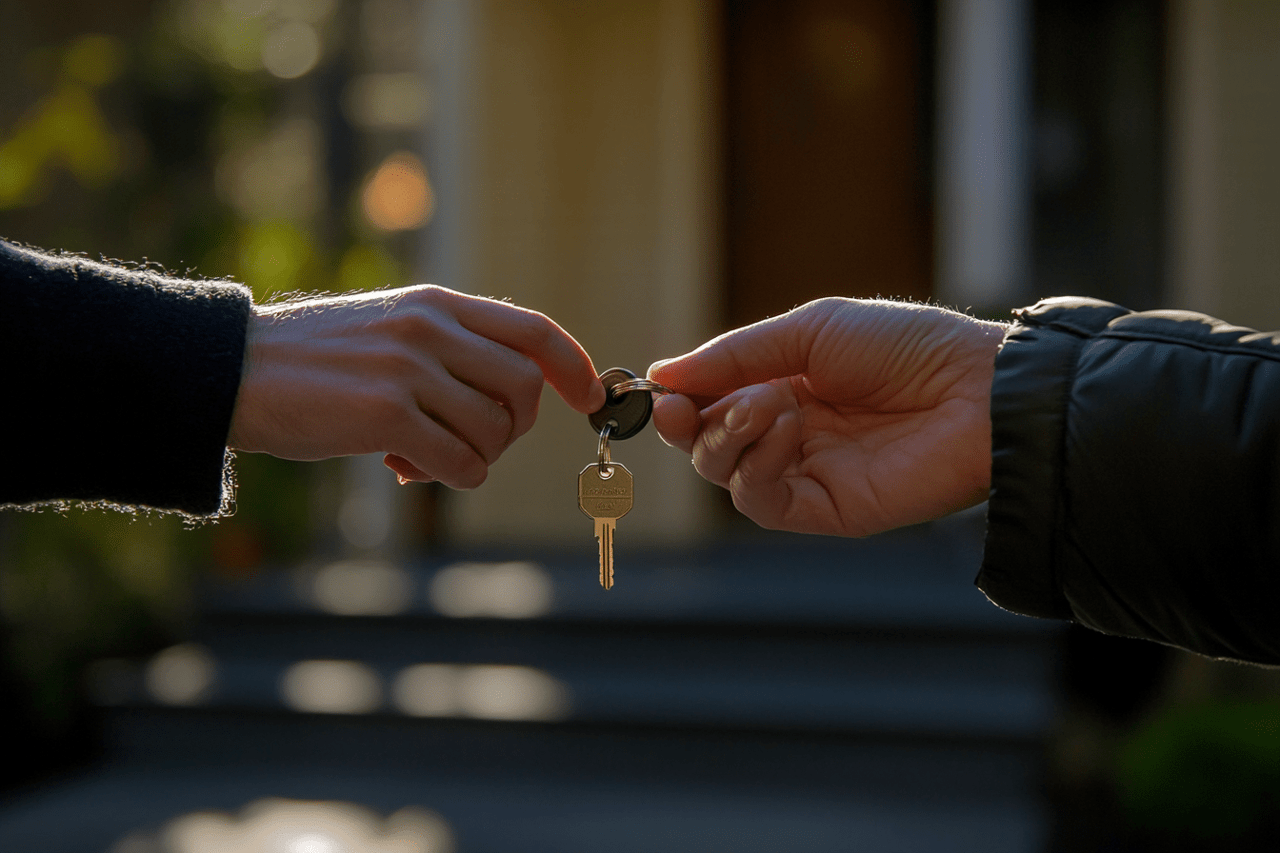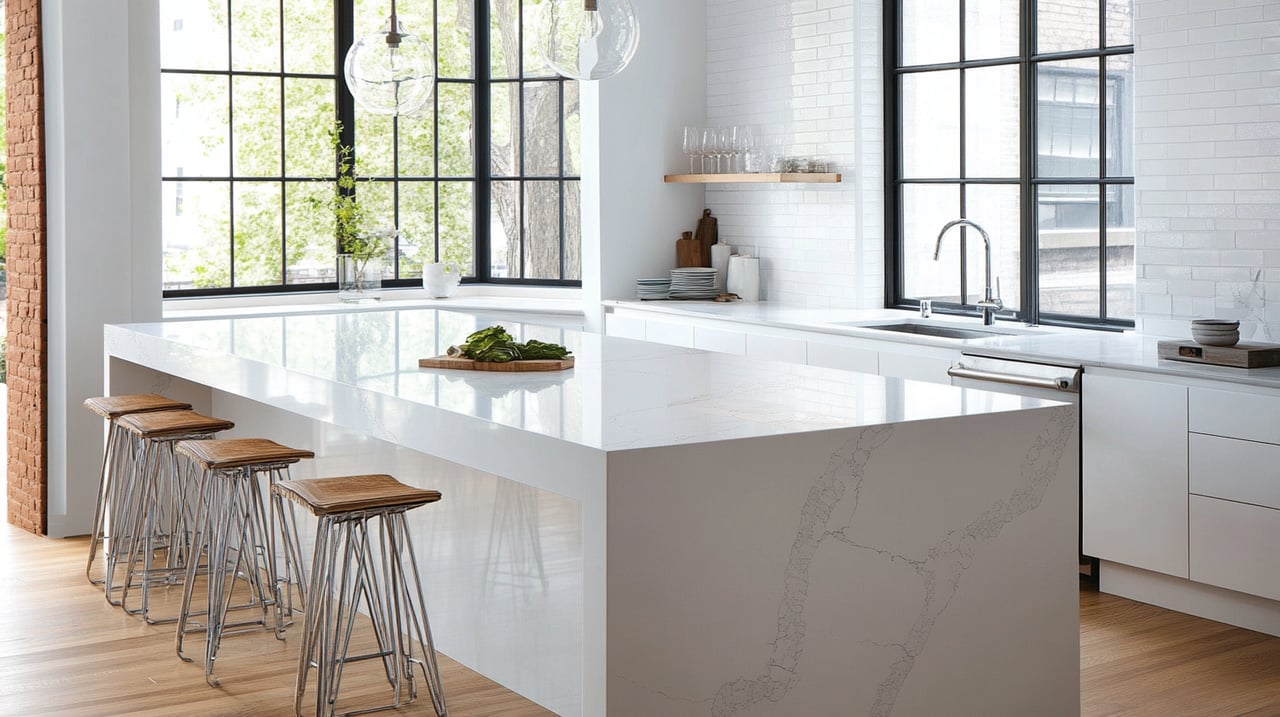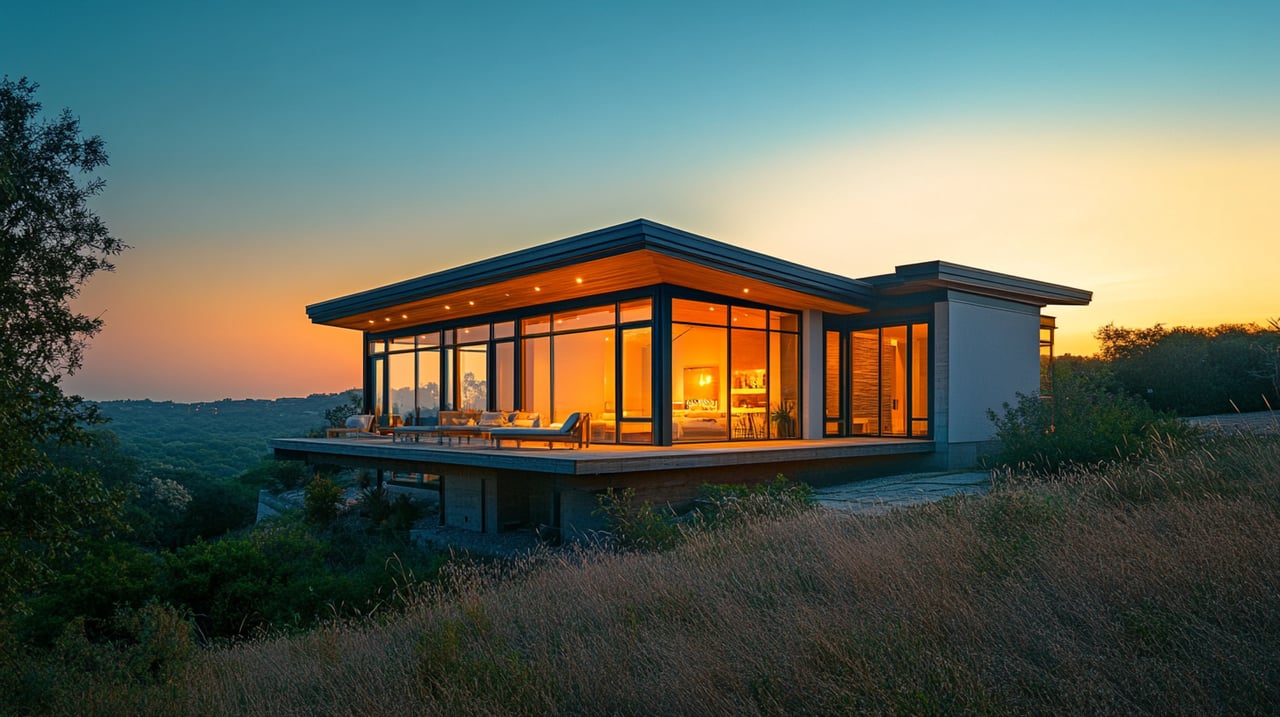Are you considering buying a house in Austin? You're not alone. The capital city of Texas has become one of the hottest real estate markets in the country, attracting newcomers with its vibrant culture, strong job market, and unique charm. However, navigating this competitive market can be challenging, especially for first-time buyers. That's where expert guidance comes in handy.
As a seasoned real estate professional w in the Austin market, I'm here to share my insights and help you make informed decisions. In this comprehensive guide, we'll explore everything you need to know about buying a house in Austin, from understanding market trends to closing the deal on your dream home.
I. Introduction to the Austin Real Estate Market
A. Current market trends
The Austin real estate market has been on a remarkable upward trajectory in recent years. According to the Austin Board of REALTORS®, the median home price in the Austin-Round Rock MSA reached $450,000 in 2023, representing a significant increase from previous years. This growth is driven by several factors, including:
- Strong population growth
- A thriving job market, particularly in the tech sector
- Limited housing inventory
- Low interest rates (lower interest rates are expected)
It's important to note that while prices have been rising, the market has shown signs of stabilization in recent months. This could present opportunities for buyers who have been waiting for the right moment to enter the market.
B. Why Austin is attractive to homebuyers
Austin's appeal goes beyond its real estate market. Here are some reasons why people are flocking to the city:
- Robust economy: With major employers like Dell, Apple, and Tesla, Austin offers abundant job opportunities.
- Cultural scene: Known as the "Live Music Capital of the World," Austin boasts a vibrant arts and culture scene.
- Outdoor activities: From hiking trails to lakes, Austin offers plenty of options for nature enthusiasts.
- No state income tax: Texas is one of the few states without a personal income tax, which can be financially advantageous for residents.
- Quality of life: Austin consistently ranks high in quality of life indices, thanks to its blend of urban amenities and natural beauty.
II. Preparing for Your Austin Home Purchase
A. Understanding your budget
Before you start house hunting, it's crucial to have a clear understanding of your budget. Here are some steps to help you determine how much house you can afford:
- Calculate your monthly income
- List all your monthly expenses
- Determine your debt-to-income ratio
- Consider future expenses and savings goals
- Factor in property taxes and insurance costs
Remember, just because you can qualify for a certain mortgage amount doesn't mean you should stretch your budget to the limit. It's wise to leave some wiggle room for unexpected expenses and lifestyle changes.
B. Getting pre-approved for a mortgage
Getting pre-approved for a mortgage is a crucial step in the home buying process. It gives you a clear idea of how much you can borrow and shows sellers that you're a serious buyer. Here's what you need to do:
- Gather necessary documents (pay stubs, tax returns, bank statements)
- Shop around for lenders and compare rates
- Submit your application
- Receive your pre-approval letter
In Austin's competitive market, having a pre-approval letter can give you an edge over other buyers who haven't taken this step.
C. Saving for down payment and closing costs
While it's possible to buy a home with as little as 3% down, a larger down payment can lead to better loan terms and lower monthly payments. Here are some strategies to help you save:
- Set up automatic savings transfers
- Cut unnecessary expenses
- Consider a side hustle
- Look into down payment assistance programs
Don't forget about closing costs, which typically range from 2% to 5% of the home's purchase price. These costs include fees for appraisals, title searches, and other services related to finalizing your home purchase.
III. Navigating Austin's Neighborhoods
A. Popular areas for first-time buyers
Austin offers a diverse range of neighborhoods, each with its own character. Some popular areas for first-time buyers include:
- North Austin: Areas like North Loop and Crestview offer a mix of older homes and new developments at relatively affordable prices.
- East Austin: This rapidly gentrifying area offers a hip vibe and proximity to downtown, though prices have been rising quickly.
- South Austin: Neighborhoods like Southwood and Garrison Park offer a laid-back atmosphere and good value for money.
- West Austin: Neighborhoods like Westlake Hills, Bee Cave and Lakeway offer a highly rated school districts
B. Up-and-coming neighborhoods
If you're looking for potential growth and appreciation, consider these up-and-coming areas:
- Mueller: This planned community on the site of the former airport offers modern amenities and a focus on sustainability.
- Windsor Park: Located in Northeast Austin, this area is seeing increased interest due to its affordability and proximity to major employers.
- Riverside: This area east of I-35 is undergoing significant redevelopment and could offer good investment potential.
C. Factors to consider when choosing a location
When evaluating neighborhoods, consider the following:
- Commute times to work
- School district quality (even if you don't have children, this affects resale value)
- Proximity to amenities like grocery stores, restaurants, and parks
- Future development plans in the area
- Flood risk (parts of Austin are prone to flooding)
Remember, the "best" neighborhood is subjective and depends on your personal preferences and lifestyle needs.
IV. The Home Buying Process in Austin
A. Working with a real estate agent
In a competitive market like Austin, having an experienced real estate agent on your side can make a world of difference. A good agent will:
- Help you navigate the local market
- Provide access to listings, sometimes before they hit the market
- Offer valuable insights on neighborhoods and property values
- Guide you through the offer and negotiation process
- Connect you with other professionals like home inspectors and title companies
As your agent, I'm committed to helping you find the right home and guiding you through every step of the process.
B. House hunting strategies
To make your house hunting more effective:
- Create a list of must-haves and nice-to-haves
- Be prepared to act quickly when you find a home you like
- Don't judge a house solely by its online listing – photos can be deceiving
- Visit properties at different times of day to get a feel for the neighborhood
- Keep an open mind – sometimes the perfect home might not match your initial criteria
C. Making an offer and negotiation tips
In Austin's competitive market, crafting a strong offer is crucial. Here are some tips:
- Make your best offer upfront – you may not get a chance to negotiate
- Be flexible on closing dates if possible
- Limit contingencies, but don't waive important ones like inspections
- Include a personal letter to the seller (but be careful to avoid fair housing violations)
Remember, the lowest price isn't always the winning offer. Sellers often consider factors like the likelihood of the deal closing smoothly.
V. Understanding Austin's Unique Real Estate Factors
A. Property taxes
Texas has no state income tax, but property taxes are relatively high. In Travis County, where Austin is located, the average effective property tax rate is around 1.8% of the home's assessed value. However, this can vary depending on the exact location and any exemptions you might qualify for.
B. Flood zones and insurance considerations
Parts of Austin are prone to flooding, particularly areas near creeks and the Colorado River. It's important to:
- Check if a property is in a flood zone
- Understand the implications for insurance requirements
- Consider the long-term risks and costs associated with owning property in flood-prone areas
C. New construction vs. existing homes
Austin has seen a boom in new construction, particularly in the suburbs. When deciding between a new build and an existing home, consider:
- Customization options in new builds
- The charm and character of older homes
- Potential for appreciation in established neighborhoods
- Warranty coverage on new homes
- Maintenance costs for older properties
VI. Closing the Deal on Your Austin Home
A. Home inspection and appraisal
Once your offer is accepted, the next crucial steps are the home inspection and appraisal:
- Home inspection: This thorough examination of the property can reveal potential issues. Don't skip this step, even for new construction.
- Appraisal: Required by lenders, this determines the fair market value of the home.
Be prepared to negotiate repairs or credits based on the inspection results.
B. Final walk-through
Before closing, you'll have a chance to do a final walk-through of the property. Use this opportunity to:
- Ensure agreed-upon repairs have been completed
- Verify that all included appliances and fixtures are present and functional
- Check that the property is in the condition you expect
C. Closing process and costs
The closing process involves signing a lot of paperwork and paying closing costs. These costs typically include:
- Lender fees
- Title insurance
- Attorney fees
- Property taxes (prorated)
- Homeowners insurance
Be prepared to wire funds or bring a cashier's check for the down payment and closing costs.
VII. Post-Purchase Considerations
A. Setting up utilities
Once you've closed on your new Austin home, you'll need to set up utilities. In Austin, you'll typically deal with:
- Austin Energy for electricity
- Texas Gas Service for natural gas
- Austin Water for water and wastewater services
B. Getting to know your new neighborhood
Take time to explore your new surroundings:
- Introduce yourself to neighbors
- Locate important services like hospitals and police stations
- Find local parks and recreational areas
- Explore nearby restaurants and shops
C. Long-term home maintenance in Austin's climate
Austin's climate can be tough on homes. Regular maintenance is key:
- HVAC system: Have it serviced annually to handle the hot summers
- Landscaping: Consider drought-resistant plants to conserve water
- Foundation: Monitor for signs of shifting, common in Austin's clay soils
- Roof: Inspect regularly, especially after storms
By staying on top of maintenance, you can protect your investment and enjoy your new Austin home for years to come.
Buying a house in Austin can be a complex process, but with the right guidance and preparation, it can also be an exciting and rewarding experience. As your real estate agent, I'm here to help you navigate every step of the journey. Whether you're a first-time buyer or a seasoned homeowner, my goal is to ensure you find the perfect home in this vibrant city we call Austin.
Remember, the Austin real estate market moves quickly, so it's important to be prepared and ready to act when you find the right property. With this guide and my expertise, you'll be well-equipped to make informed decisions and secure your dream home in Austin.
If you have any questions or are ready to start your home buying journey, don't hesitate to reach out. Let's work together to find your perfect slice of Austin!





